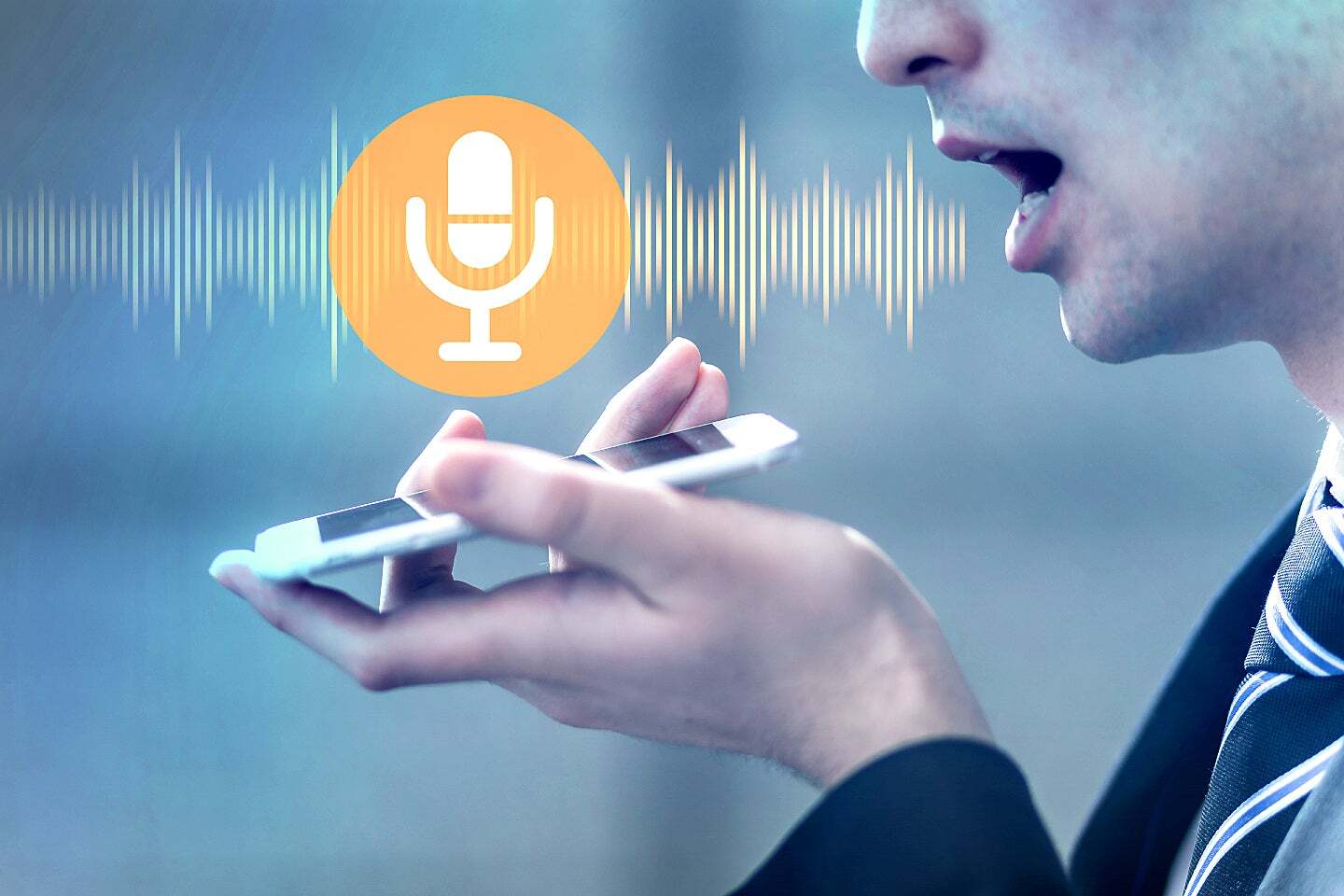
Voice recognition has become a part of our daily lives, but how much do we really know about it? From Siri to Alexa, these systems seem almost magical. Voice recognition technology works by converting spoken words into digital data, allowing devices to understand and respond to human speech. This tech isn't just for convenience; it also helps people with disabilities, improves security, and even assists in language learning. But did you know that voice recognition has been around since the 1950s? Or that it can recognize different accents and dialects? Let's dive into 26 fascinating facts about this incredible technology that’s changing the way we interact with the world.
The Evolution of Voice Recognition
Voice recognition technology has come a long way since its inception. From basic commands to understanding complex sentences, it has transformed how we interact with devices.
-
The first voice recognition system, Audrey, was developed by Bell Labs in 1952. It could recognize digits spoken by a single voice.
-
IBM introduced its Shoebox machine in 1962, which could understand 16 words, including digits and simple arithmetic commands.
-
Dragon Dictate, released in 1990, was the first consumer speech recognition product. It required users to pause between each word.
-
Apple's Siri, launched in 2011, revolutionized voice assistants by integrating natural language processing and machine learning.
How Voice Recognition Works
Understanding how voice recognition operates can help appreciate its complexity. It involves several steps, from capturing sound to interpreting meaning.
-
Voice recognition systems convert spoken words into digital signals using a microphone.
-
These signals are then processed by algorithms that break them down into smaller, recognizable components called phonemes.
-
The system matches these phonemes to words in its database, using statistical models to predict the most likely word sequence.
-
Advanced systems use machine learning to improve accuracy by learning from user interactions over time.
Applications of Voice Recognition
Voice recognition is not just for smartphones. Its applications span various industries, enhancing efficiency and user experience.
-
In healthcare, doctors use voice recognition to transcribe patient notes, saving time and reducing errors.
-
Automotive industries integrate voice commands to allow drivers to control navigation, music, and calls without taking their hands off the wheel.
-
Smart home devices like Amazon Echo and Google Home rely on voice recognition to control lights, thermostats, and other appliances.
-
Customer service centers use voice recognition to route calls and provide automated responses to common queries.
Benefits of Voice Recognition
Voice recognition offers numerous advantages, making technology more accessible and convenient.
-
It provides hands-free operation, which is particularly useful for people with disabilities or those multitasking.
-
Voice recognition can improve productivity by allowing faster data entry compared to typing.
-
It enhances user experience by providing a more natural way to interact with devices.
-
In security, voice recognition can be used for biometric authentication, adding an extra layer of protection.
Challenges in Voice Recognition
Despite its advancements, voice recognition technology still faces several hurdles.
-
Accents and dialects can significantly affect the accuracy of voice recognition systems.
-
Background noise can interfere with the system's ability to accurately capture and process spoken words.
-
Privacy concerns arise as voice data is often stored and analyzed by companies, raising questions about data security.
-
Continuous learning is required to keep up with evolving language and slang, which can be resource-intensive.
Future of Voice Recognition
The future of voice recognition looks promising, with ongoing research and development paving the way for even more sophisticated applications.
-
Integration with artificial intelligence will enable voice recognition systems to understand context and intent better.
-
Real-time language translation using voice recognition is becoming more accurate, breaking down language barriers.
-
Voice recognition in virtual reality will create more immersive and interactive experiences.
-
Wearable technology, like smartwatches, will increasingly rely on voice commands for hands-free operation.
-
Enhanced voice recognition will improve accessibility for individuals with speech impairments through personalized training models.
-
The development of emotion recognition will allow systems to detect and respond to the speaker's emotional state, making interactions more intuitive and empathetic.
Voice Recognition: A Glimpse into the Future
Voice recognition has come a long way. From early attempts to today's advanced systems, it's clear this tech is here to stay. It’s not just about convenience; it’s about transforming how we interact with devices. Think about hands-free driving, smart homes, and even medical dictation. These advancements make daily tasks easier and more efficient.
But it’s not perfect. Challenges like accents, background noise, and privacy concerns still need addressing. However, the potential benefits far outweigh the drawbacks. As technology improves, these issues will likely diminish.
In short, voice recognition is reshaping our world. It’s exciting to imagine what the future holds. Whether it’s for personal use or business, this tech offers endless possibilities. So, keep an eye on this space. Voice recognition is just getting started, and its impact will only grow.
Was this page helpful?
Our commitment to delivering trustworthy and engaging content is at the heart of what we do. Each fact on our site is contributed by real users like you, bringing a wealth of diverse insights and information. To ensure the highest standards of accuracy and reliability, our dedicated editors meticulously review each submission. This process guarantees that the facts we share are not only fascinating but also credible. Trust in our commitment to quality and authenticity as you explore and learn with us.


